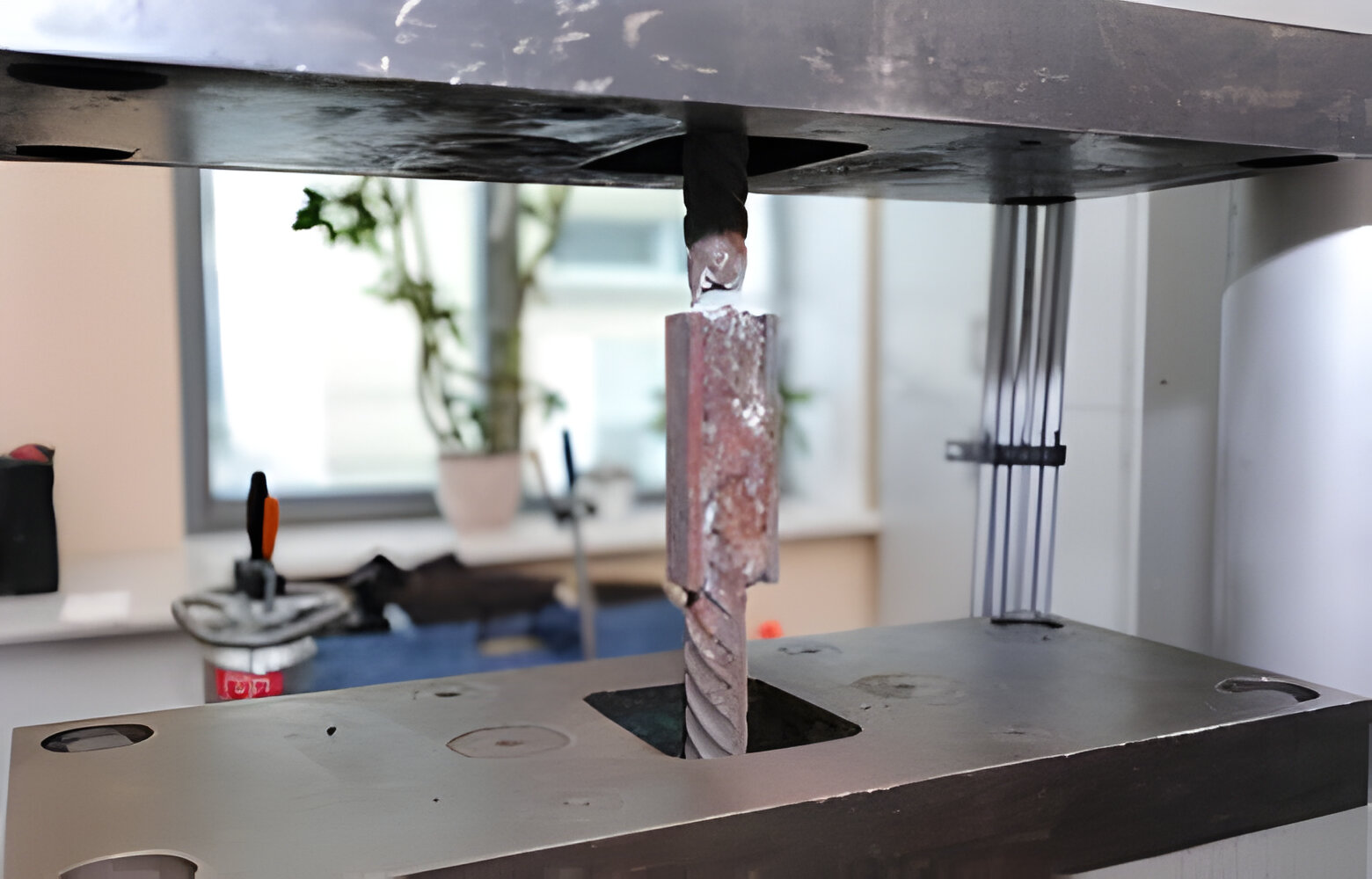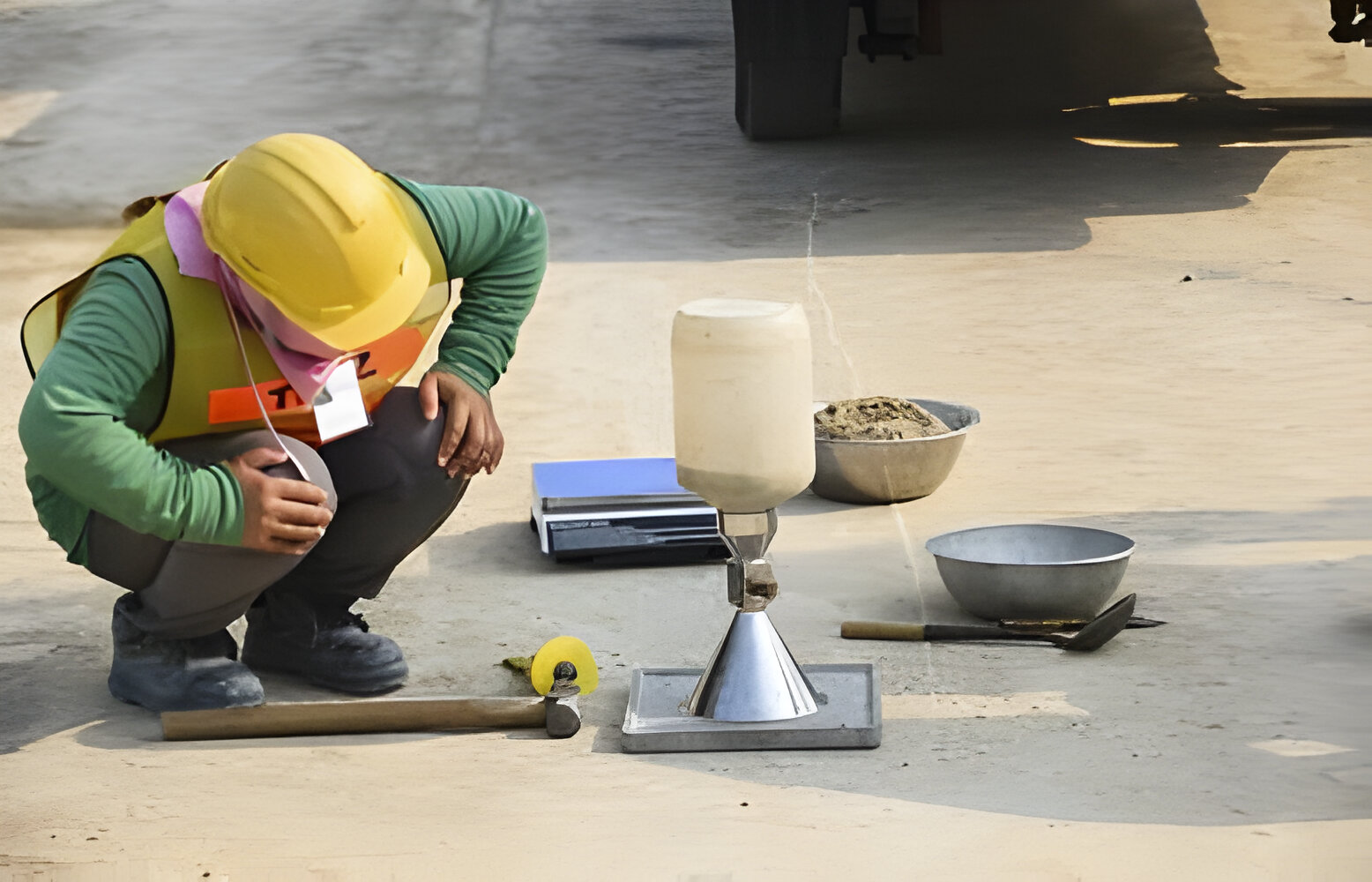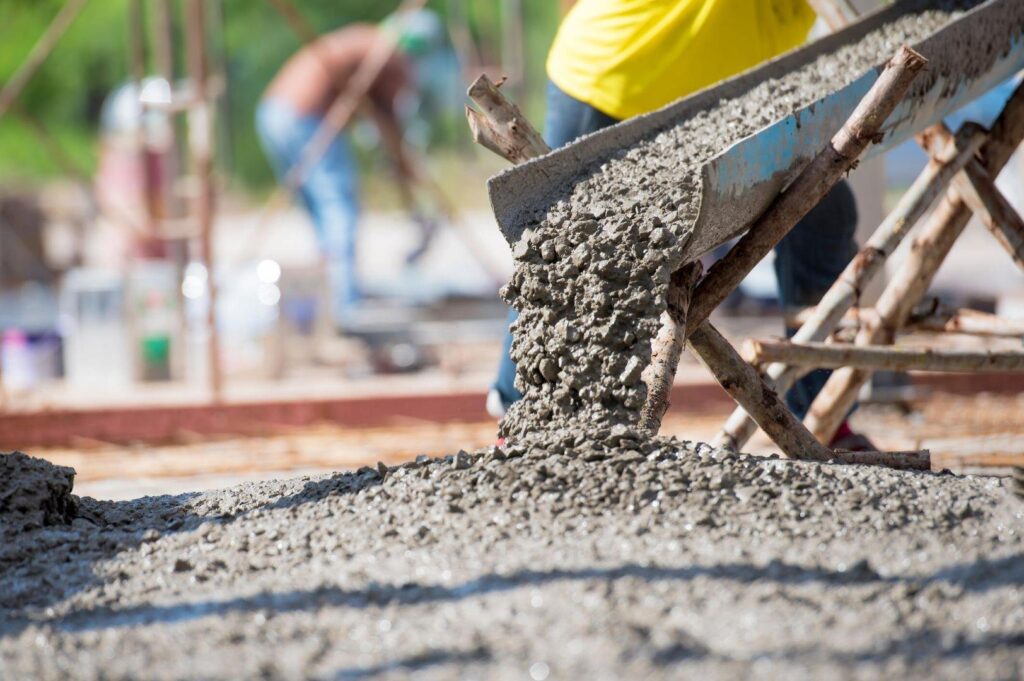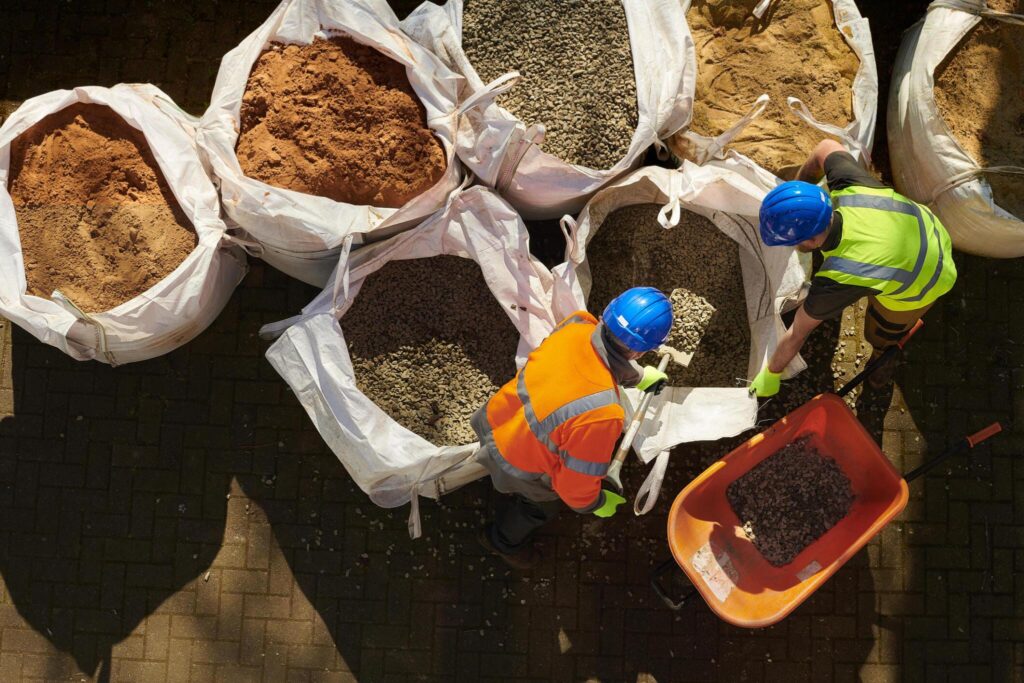In today’s world, where environmental consciousness is paramount, the construction industry is facing a critical challenge: minimizing the environmental impact of buildings throughout their lifespan. This is where Life Cycle Assessment (LCA) comes into play, offering a powerful tool to understand the environmental footprint of building materials from cradle to grave.
At MERL, we are committed to promoting sustainable practices in the construction industry. One crucial tool we utilize is Life Cycle Assessment (LCA), a powerful methodology that allows us to assess the environmental impacts of building materials throughout their entire life cycle. But what exactly is LCA, and how does it help us make informed choices for a more sustainable future?
Understanding LCA: A Holistic Approach
LCA goes beyond simply evaluating the environmental impact of a material at the point of purchase. It takes a holistic approach, considering all the environmental burdens associated with a material from cradle to grave:
- Raw material extraction and processing: This stage includes the environmental impact associated with extracting raw materials from the earth, including energy consumption, water usage, and potential air and land pollution.
- Manufacturing and transportation: This stage considers the energy and resources used in manufacturing the building material, as well as the environmental impact of transporting the material to the construction site.
- Use phase: This stage considers the ongoing environmental impacts of the material during the building’s use, such as energy consumption for heating and cooling, potential emissions, and maintenance requirements.
- End-of-life: This stage considers the environmental impacts associated with the demolition, disposal, or recycling of the material at the end of its useful life.
Benefits of LCA in Building Material Selection:
By comprehensively analyzing these stages, LCA offers several advantages in the selection of building materials:
- Informed decision-making: It allows us to compare the environmental footprints of different materials, enabling informed decisions based on their overall environmental impact rather than focusing solely on initial cost or specific performance characteristics.
- Identifying environmental hotspots: LCA helps pinpoint the stages within a material’s life cycle that contribute most significantly to its environmental impact, allowing us to focus our efforts on reducing the impact in those areas.
- Promoting transparency: By communicating LCA results, we can provide transparency to stakeholders about the environmental implications of different building material choices.
- Contributing to a circular economy: LCA can support the adoption of a circular economy in the construction sector by identifying opportunities for material reuse and recycling, minimizing waste generation.

LCA at MERL: Putting Sustainability into Action
At MERL, we integrate LCA methodologies into our building material testing and evaluation processes. We:
- Conduct LCA studies on various building materials, providing valuable data to architects, engineers, and construction companies.
- Develop LCA databases specific to the region and industry, ensuring the most relevant and accurate data is used for decision-making.
- Partner with research institutions and industry leaders to advance LCA methodologies and promote their wider adoption.
The Road to a Sustainable Future
LCA is not merely a scientific tool; it’s a powerful driver of change in the construction industry. By integrating LCA into building material selection, we can collectively move towards a more sustainable future. At MERL, we are committed to using our expertise and resources to empower informed choices and guide the industry towards a path that prioritizes environmental responsibility alongside building performance and economic viability.
Together, let’s build a future where sustainability is not just a goal, but a fundamental principle guiding every aspect of the construction industry.




